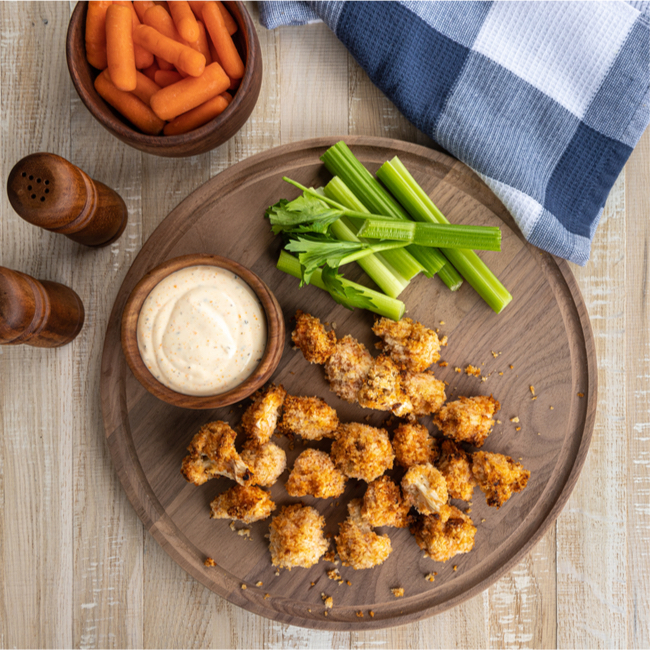
Try Something New
If you already are under the impression that you don’t like vegetables you may not feel inclined to try any new ones. However, switching up the veggies you’re eating or your preparation methods may make all the difference when it comes to finding variations that you enjoy. “The best way to incorporate them is to try a new vegetable every week as a side item. This will allow you to discover which vegetables you enjoy and which you don't,” suggests Best.
Take to Pinterest to find new recipes to provide a variety of flavor to your veggies and add them as a side to compliment your favorite meals. This will help to diversify your menu in order to try new foods and potentially find a cooking method you may not know you liked. If you enjoy crunchier foods, try air frying your veggies for a healthy crisp. If you prefer not to taste your vegetables, boil some broccoli and mix it in with your pasta so you still get all the benefits without tasting the texture.
Make A Smoothie
It may seem odd to add vegetables to a smoothie, but some options such as cucumber, celery, and even spinach provide little to no flavor when mixed up with other foods. This can be a great way to get all the nutrients from your vegetables without having to taste anything you don’t enjoy. “Their flavor can be easily masked by adding protein powders or fruit,” suggests Richards, which will make for a nutritious and filling breakfast, lunch, or snack that instead boasts the taste of whichever fruit or powder you choose to pack your smoothie with. Avocado may not technically be a vegetable, but adding this fruit into your smoothie on top of a handful of spinach can create a nice creamy texture perfect for keeping you full and satisfied after eating.
Create A Sauce
Much like smoothies, sauces are another great way to add more veggies into your diet without necessarily tasting them or experiencing their texture. “Most vegetables can be blended into a liquid or paste and added to any sauce or as a dressing on salads and pastas,” suggests Richards. Making a tomato sauce from scratch at home and adding peppers and zucchini is a great place to start, but if you want to get more experimental, try this sauce which includes butternut squash, carrots, and leek.
You may have grown up eating bland or over-cooked veggies, but when you’re in control of your diet and cooking you have the freedom to experiment with the vegetables you like best, choosing to hide their flavor or allowing them to compliment the meal, giving the nutritional value a boost. Pasta is a great healthy carb, particularly if you choose a wheat or protein pasta, but topped with a vegetable sauce, you’ve taken your meal to the next level to improve your metabolism and boost your overall well being.


